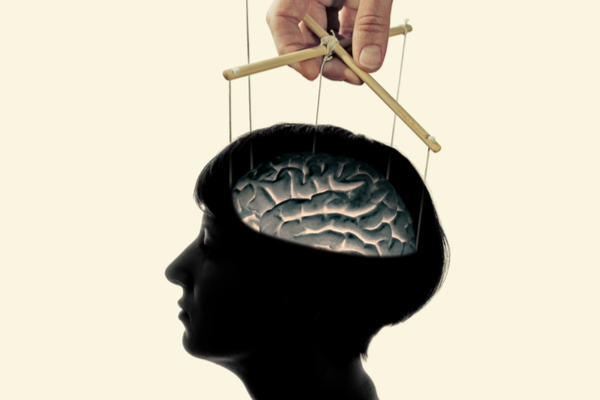If you really want to understand how someone feels just listen to them. This would be the secret to reading the emotions of those around us according to a new research that disproves what was previously believed that the feelings of others can be read better from facial expressions.
Don't store avocado like this: it's dangerous
If you really want to understand how someone feels just listen to them. That would be the secret to read emotions of those around us according to new research that disproves what was previously believed or that the feelings of others can be better understood from facial expressions.
The fast internet connections and low-cost video calls have made it easier for all of us to communicate even when we are far away, a considerable advantage for those who work who can thus contact colleagues or customers by talking to them "face to face" rather than just on the phone. . An advantage for communication? not really…
A new study conducted at the Yale School of Management (SOM) found that it is actually easier for people to understand the emotions of their interlocutor by listening to their voice rather than looking them in the face for expressiveness.
Audio conversations offer, according to research, clear communication advantages: listeners tend to be more accurate in assessing the emotions of the speaker. The findings, published in American Psychologist, are among the first to suggest that our tone of voice (and not how we might think facial expressions) is the primary means by which we reveal emotions.
Body language and facial expressions have been extensively studied with respect to the emotions they communicate in conversations. But that's precisely why they can be more deceptive, as study author Michael Kraus, a psychologist at the Yale School of Management explains.
“There is a lot of discussion today about how to look more confidently or how to hide certain less desirable emotional states using non-verbal communication. There is a possibility that people can deceive the listener through non-verbal communication. On the other hand, deceiving people with vocal expressions is unlikely because voice control is much more difficult ”.
To achieve this, Kraus and his colleagues presented the study participants with short videos of a group of friends talking to each other. Participants were divided into 3 groups: one watched and listened to the video, a second only listened to the conversation, and the third only saw the video with no audio.

At the end of the experiment, the participants were asked to list the emotions they thought the friends were feeling when evaluating possibilities such as fun, embarrassment, happiness on a scale of 0 to 8. People who only listened to the interaction between friends without seeing the video were the ones that gave more accurate estimates of the emotions they were experiencing.
In a subsequent experiment, the researchers recruited college students who were invited to the lab and left to chat about their preferences for movies, TV shows, food, drink, etc. The students also had themed conversations in a dark room. Finally, they were invited to evaluate their own emotions and those of the other children during the exchanges. The researchers found that participants who did not see each other in the darkened room were better able to read the emotions of their assigned partner.
The counter-proof was also made, namely that of having emotions evaluated by listening to a digital voice. This is to avoid the possibility of emotions leaking from the words used rather than the tone of voice. But the artificial voice proved to be the worst way to convey and therefore understand the emotions of others.
“Our research points to the voice as the most valid channel for emotional perception,” concluded Professor Kraus.
Read also:
- NEGATIVE EMOTIONS: HOW TO LEARN TO MANAGE THEM AND TRANSFORM THEM INTO POSITIVITY
- INSIDE OUT: HOW TO IMPROVE OUR LIFE STARTING FROM THE 5 PRIMARY EMOTIONS
- EMPATHY: HOW TO REALLY LISTEN TO OTHERS, ESPECIALLY CHILDREN
The results underline the importance of listening, a skill that will become increasingly important in the workplace as well. For managers, for example, effective listening can help to understand when an employee is under stress or dissatisfied or even anticipate a partner's needs before he or she expresses them.
Of course, even in our private life knowing how to listen is a "technique" of fundamental importance for our relationships. We just have to refine it!
Illustration: Kristen Adam


























